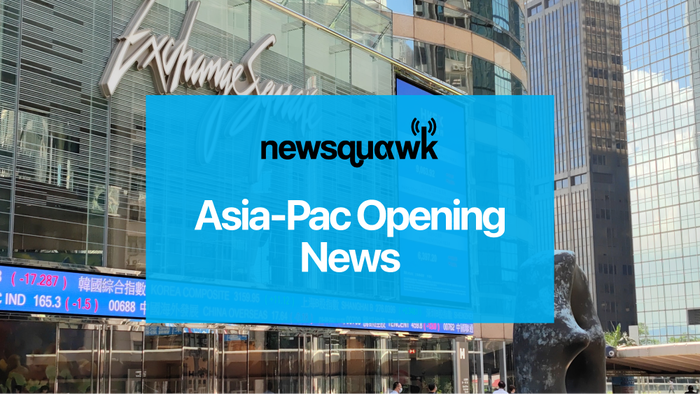In the wake of recent selling pressures, U.S. stocks exhibited a general upward trend as investors processed a mix of corporate earnings and a series of favorable economic data releases. The Nasdaq index led this charge, buoyed significantly by Tesla’s impressive 22% post-earnings surge. This stellar performance contrasted sharply with the Dow, which dipped into negative territory amid disappointment surrounding earnings reports from giants like IBM and Honeywell. Furthermore, the dollar showed signs of retreating from its recent strength, while Treasury notes experienced volatility, reflecting initial pressure from a drop in jobless claims and stronger-than-expected PMI results. However, this trend reversed, with Treasury prices eventually stabilizing despite the strong economic indicators.
The U.S. dollar’s retreat can be attributed to declining Treasury yields, particularly notable in a week devoid of major economic updates ahead of significant events scheduled for early November. Despite robust economic data including better-than-expected PMIs, new home sales, and initial jobless claims, these releases failed to energize the dollar’s performance. Notably, the S&P Global Manufacturing PMI came in slightly above expectations, indicating a more resilient manufacturing sector. The service sector also demonstrated strength, as reflected in the aligned improvement in PMIs, yet the ongoing volatility in currency markets dominated trading sentiment throughout the week.
As markets anticipate upcoming economic indicators, players are keenly focused on international data releases, particularly Tokyo’s CPI and Japan’s Services PPI, alongside Singapore’s industrial production numbers. The global economic landscape remains under scrutiny, especially with the Federal Reserve’s recent comments signaling a careful monitoring of inflation trends and interest rate decisions. Fed official Hammack emphasized that, while improvements have been noted in inflation metrics, they still have distance to cover before reaching the central bank’s objectives. It underscores the Fed’s cautious approach, especially given the complexities of the current economic environment.
Broadening the discussion to international markets, the situation in the Middle East influences not only regional stability but also international commodity prices, particularly oil. After reports suggested a potential delay in Israel’s military response towards Iran due to strategic reassessments following a recent intelligence leak, these developments sent ripples through oil markets. Conversely, significant drops in Iraq’s oil exports and a monthly decline in Russian oil loadings further exacerbated pressures on oil prices. The geopolitical dynamics are crucial factors that traders are watching closely, given their potential impact on global supply chains and price stability.
Shifting focus to Asia, a warning from Chinese authorities for domestic automakers to halt their expansion efforts in the EU signals the intensifying trade tensions between China and Europe. This directive comes amid ongoing negotiations over tariffs on Chinese electric vehicles. The Bank of Japan’s Governor also commented on the optimism surrounding the U.S. economy, highlighting Japan’s need to remain vigilant against fluctuations in exchange rates resulting from macroeconomic policies. Uncertainty regarding domestic electoral outcomes in Japan adds to the cautious tone around economic prospects.
In Europe, economic indicators released reveal a mixed outlook, particularly in the UK where PMIs fell short of expectations, reflecting underlying economic challenges. Bank of England representatives reiterated the importance of data-driven policies, maintaining a stance against premature interest rate cuts. The European Central Bank (ECB) appears to echo this sentiment, as various officials indicated that while inflation is easing, they are committed to a careful approach regarding monetary policy shifts. They emphasized the alignments with the ongoing economic data trends before making significant policy adjustments, indicating a phase of cautious deliberation ahead of potential rate discussions at future meetings.

